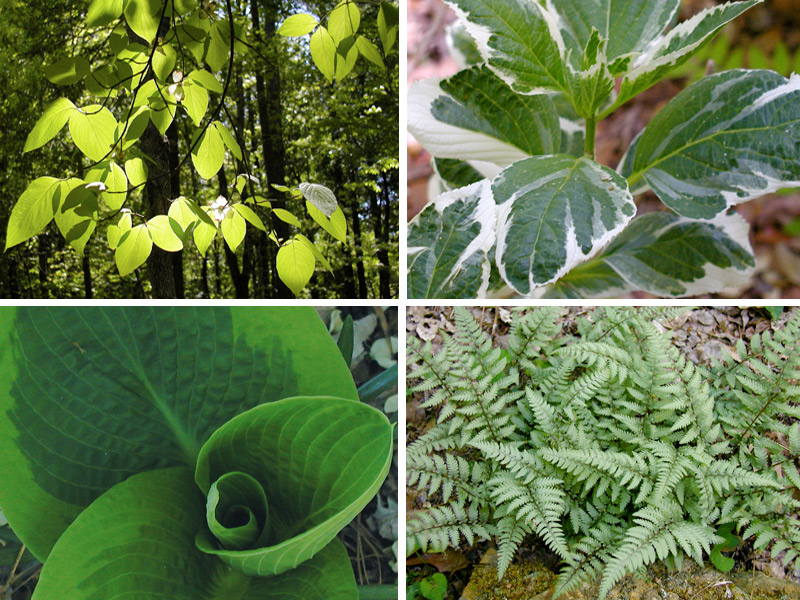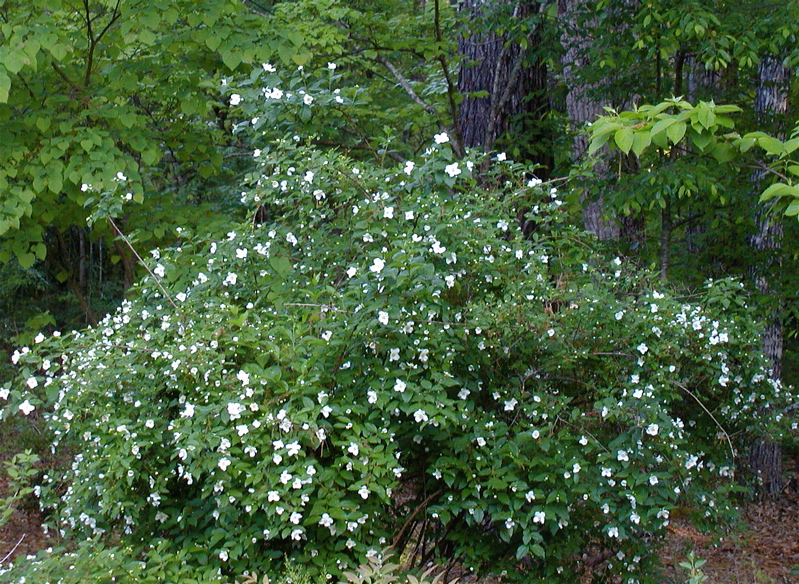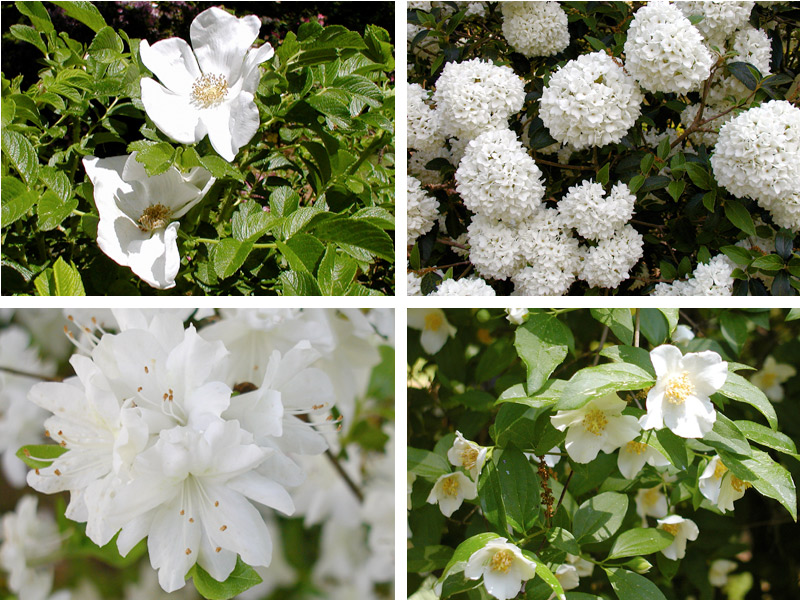Low Maintenance Roses for the Non-Rosarian
 Tuesday, April 27, 2010 at 6:00AM
Tuesday, April 27, 2010 at 6:00AM My roses are blooming!
All of my roses are worker roses. That means they give back more than I put into them. The high maintenance prima donnas, though wondrously beautiful, long ago lost my affections in the heat and humidity of my climate, and I never replaced them when black fungus or other diseases took them down.
I rarely spray my roses, usually just once a year with a sulfur-rotenone solution, and I fertilize them two, maybe three times through all of spring and summer. It's not quite neglect, but close. Good roses deserve better. My plebeian roses won't win prizes, but they do contribute long-lasting color and delicate scent to the garden.
My favorites?
Rosa rugosa var. alba is a species rose that actually does better when somewhat neglected. It has shiny, healthy leaves and single white blossoms that are delicate as tissue paper. I have read that the scent varies from rose to rose, because they grow from seed and you never know exactly what you'll get. Mine has a wonderful smell that carries in the air. I also love that it produces attractive rose hips. The hips are edible and are high in vitamin C. One warning: This heirloom shrub, nicknamed the hedgehog rose, has fierce thorns and shouldn't be planted close to a path.
Zephirine Drouhin is a thornless climber planted on the rose arch by my patio. It has fluffy pink flowers and a sweet smell. It also is an old-fashioned rose that needs little attention, though it does get more black spot than my other roses.Knockout roses grow in the foreground and zephirine drouhin on the rose arch in this view near the patio. The tree in the background is japanese maple.
I have a number of knockout roses, both pink and red ones. Last year these landscape shrubs bloomed continuously for ten months and were disease free. What more do I need to say? They have become the staple rose of big box stores and many nurseries for a reason. This is definitely the rose for the non-rosarian.Knockout roses grow next to the patio.
Rosa mutabilis is a china rose that performs reliably year after year, blooming from spring to frost. The single blooms open to a honey yellow, then change to shades of pink and copper as they age. In full bloom, all of these colors are present at the same time for a spectacular effect. This old shrub rose is also called the butterfly rose, as the blooms resemble butterflies.
Another rose that does well in my garden is the Penelope rose. It's an old hybrid musk rose with creamy, romantic blossoms blushed with pink. It's a shrub with a bit of a sprawling habit and blooms all summer. It also produces rose hips in the fall.Top to bottom on left: Zephirine Druhin; Rosa rugosa var. alba; Red knockout; Penelope. Top to bottom on right: Penelope; Rosa mutabilis buds; Pink knockout; Rosa mutabilis
I admire the fabulous roses that grow in the gardens of those with more passion and time to devote than I have. But my worker roses do a good job for me, and I thank them.





